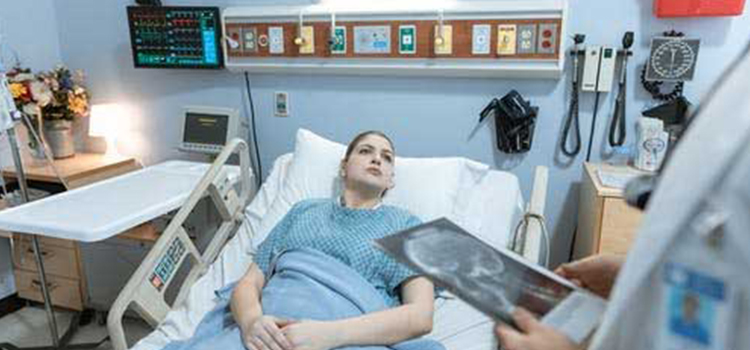Urogynecological Surgery

Urogynecological surgery is a type of surgery that is used to treat conditions that affect the urinary and reproductive systems of women. These conditions can include urinary incontinence, pelvic organ prolapse, and other issues related to the bladder, uterus, and other pelvic organs.
- Cystocele repair: This is a surgery that is used to repair a cystocele, which is a condition in which the bladder bulges into the vagina. This can be caused by weakened pelvic muscles and can result in urinary incontinence. The surgery involves repositioning the bladder and repairing the vaginal wall.
- Rectocele repair: This is a surgery that is used to repair a rectocele, which is a condition in which the rectum bulges into the vagina. This can be caused by weakened pelvic muscles and can result in constipation and difficulty passing stools. The surgery involves repositioning the rectum and repairing the vaginal wall.
- Uterine prolapse repair: This is a surgery that is used to repair a uterine prolapse, which is a condition in which the uterus descends into the vaginal area. This can be caused by weakened pelvic muscles and can result in discomfort and difficulty having intercourse. The surgery involves repositioning the uterus and repairing the pelvic muscles.
- Stress urinary incontinence surgery: This is a surgery that is used to treat stress urinary incontinence, which is the loss of control of the bladder. This can be caused by weakened pelvic muscles and can result in leakage of urine when coughing, laughing, or exercising. There are different types of surgery which can be used to treat stress urinary incontinence such as sling procedures, colposuspension and others.
- Rectal prolapse surgery: This is a surgery that is used to repair a rectal prolapse, which is a condition in which the rectum protrudes through the anus. This can be caused by weakened pelvic muscles and can result in difficulty passing stools. The surgery involves repositioning the rectum and repairing the pelvic muscles.
Your surgeon will discuss with you the risks, benefits, and alternatives of the surgery, and answer any questions you may have. It is important that you have a good understanding of the procedure and feel comfortable with the decision before proceeding with the surgery.
